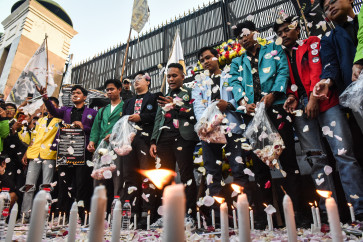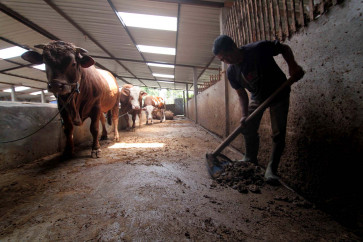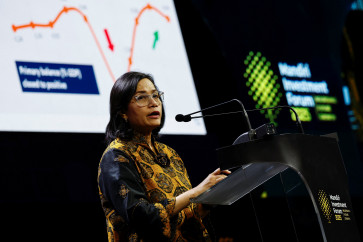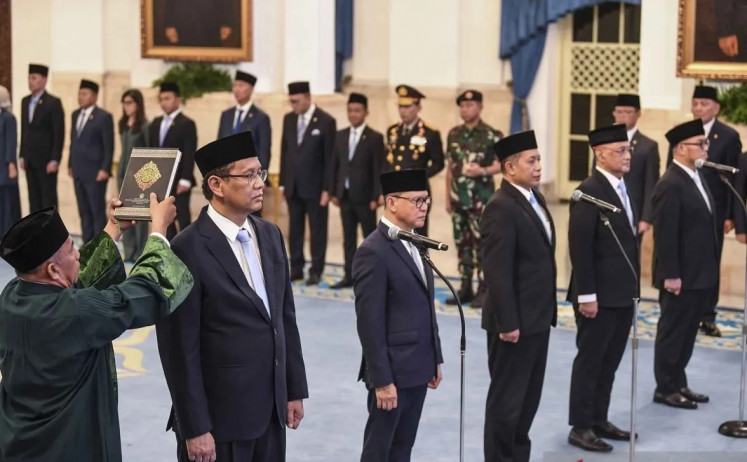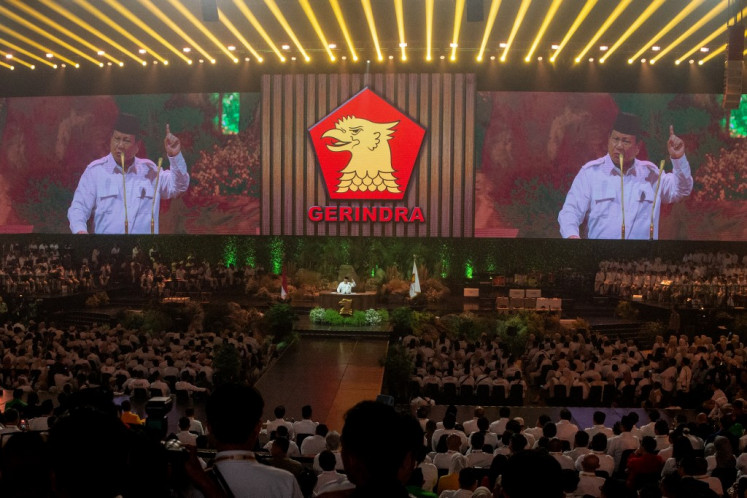Popular Reads
Top Results
Can't find what you're looking for?
View all search resultsPopular Reads
Top Results
Can't find what you're looking for?
View all search resultsSeven things to know before visiting Sumba
Change text size
Gift Premium Articles
to Anyone
Sumba Island in East Nusa Tenggara is quickly becoming a popular travel destination.
The island is home to the country's vastest savanna landscape, as well as distinct natural and cultural highlights such as the dancing trees on Walakiri Beach and the traditional village of Ratenggaro.
Here are seven important things to know before visiting Sumba, as compiled by tempo.co.
1. Landing in Waingapu or Tambolaka
Sumba is home to two airports, namely Umbu Mehang Kunda Airport in Waingapu and Tambolaka Airport in Tambolaka. Waingapu is located in the eastern part of the island, while Tambolaka sits in the southwest region. Choosing the location usually depends on the travel route planned.
"If you want to go to the traditional villages first, disembark at Tambolaka. That is where Rotenggaro’s traditional homes are to be found," Frannoto, the owner of Piknik Nusantara Tour and Travel, told tempo.co recently.
Meanwhile, those who want to experience the savannah need to land in Waingapu.
2. Rent motorbikes in East Sumba, rent cars in West Sumba
Upon arrival, those who want to explore the island on a motorbike can find rentals in the east or in Waingapu. While in West Sumba, it is advisable to rent a car. "For safety reasons," Frannoto said.
Motorcycle rental costs around Rp 100,000 (US$7.26) per day, while renting a car costs approximately Rp 800,000 per day, which includes a driver and gas.
3. Physical stamina
The landscape in Sumba has fairly difficult terrain so travelers need to do some hiking to explore the hills and see waterfalls.
"It gets slippery when it rains. It is also physically draining," Frannoto said, adding that travelers should be reasonably fit when traveling to the island.
Read also: Exploring Sumba Island's natural and cultural riches
4. Locals may carry parang knives
Parang (a type of machete or cleaver) is commonly carried as part of the Sumba people’s traditional wear, especially in the southwestern parts of the island. It is always pinned to a sarong or an outer garment. "They usually wear it because it is their culture and also for self protection," Frannoto said.
Travelers should not be shocked or scared when coming across this, Frannoto added. "If necessary, get a local tour guide," he suggested, as locals would be more familiar with what to expect.
5. Beware of network constraints
The main obstacle travelers may face when visiting Sumba is the cellular network. "There's only one provider that can pick up the signal," Frannoto said, adding that it was also the only in the city area.
6. Prepare a sufficient budget for food
Despite it being a regional destination, dining in Sumba is not necessarily cheap. Travelers should prepare to splash out at least Rp 35,000 for a meal. Restaurants are also mostly centered round the city areas, mainly Tambolaka and Waingapu.
7. Shop for souvenirs in Waingapu
Souvenirs, except for woven fabrics, can be found in Waingapu. Stores in the city also sell traditional culinary fares such as locally flavored nuts, with prices starting at Rp 20,000. (liz/kes)


